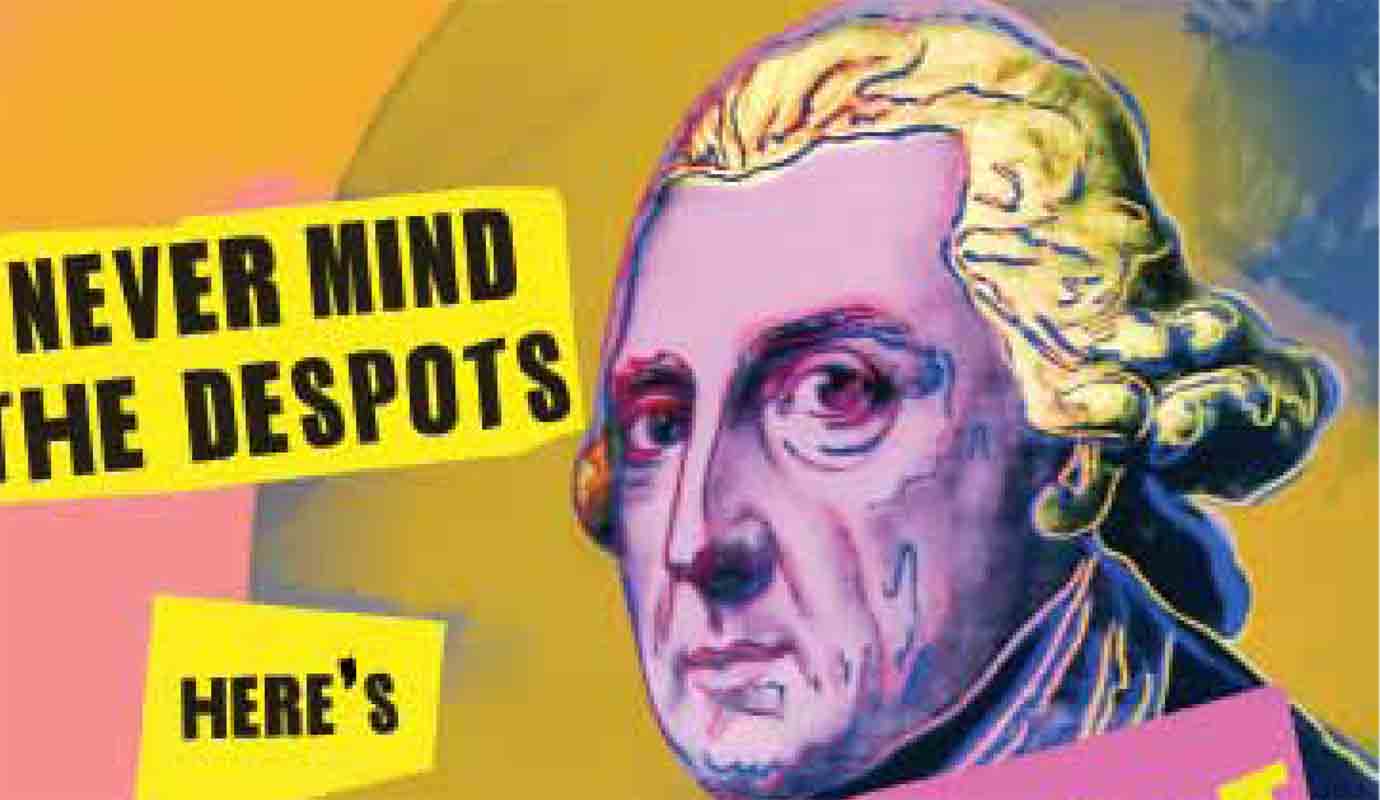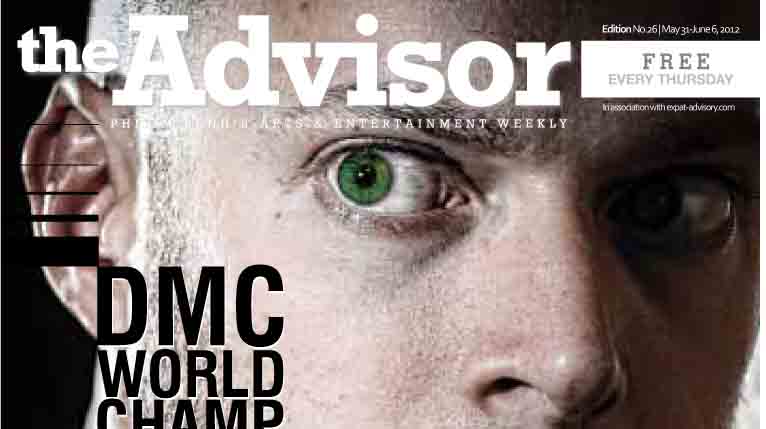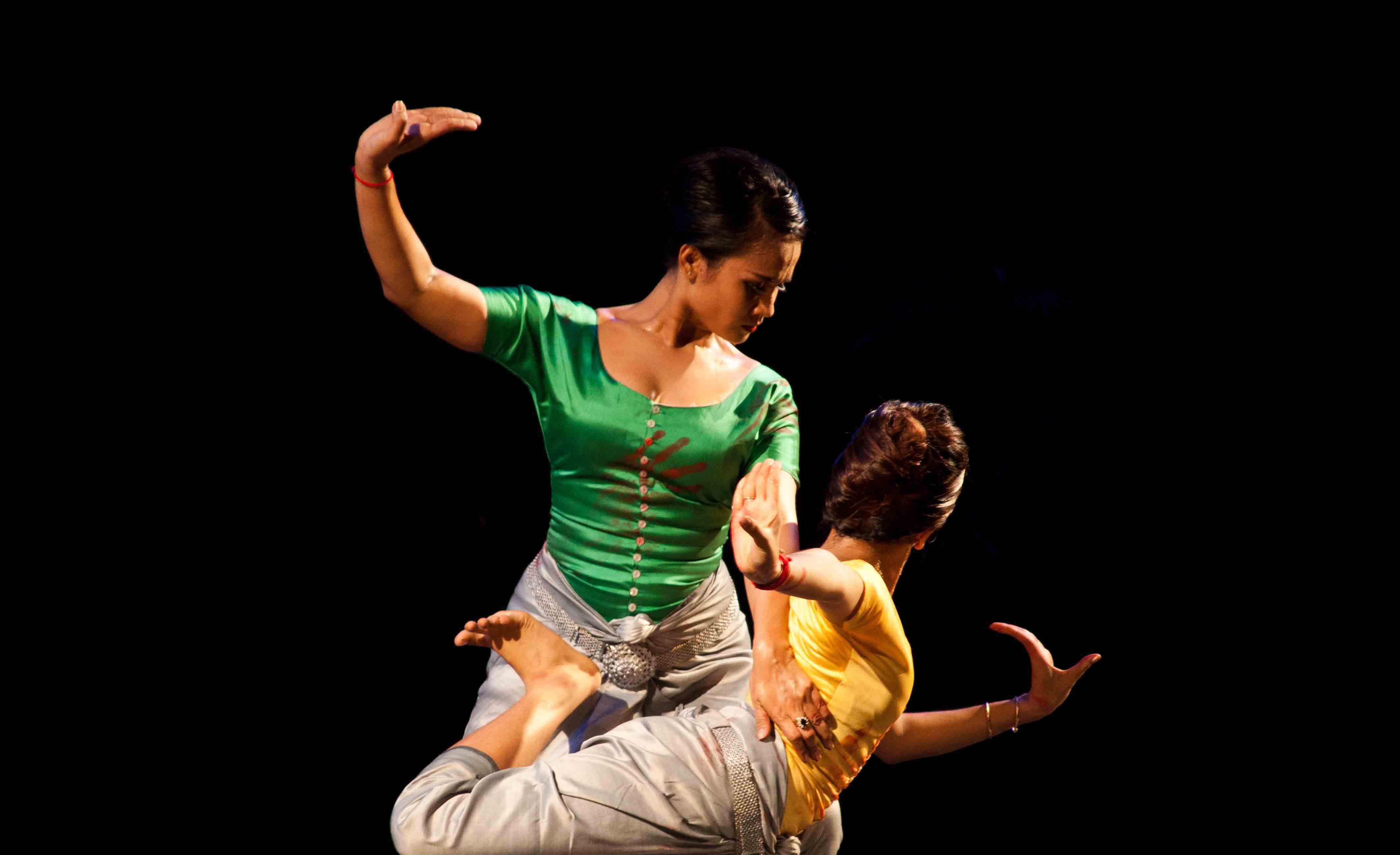One was a short Prussian monarch who wore a tricorn and walked with a cane; the other a thin, bewigged writer who had decided that, on the whole, it would be best not to live in France. The intertwining of these momentous lives, Frederick the Great and French philosopher François-Marie Arouet (better known by his nom de plume, Voltaire) would inspire more than just New York pop artist Andy Warhol. Centuries after their passing, theirs has proven one of the most celebrated unions in history.
After brutal executions and abuses had been carried out for thousands of years in the name of Church and State, intellectuals in 18th century Europe finally began to tire of the Middle Ages. Stretching limbs and burning miscreants at the stake had its place, they mused, but that place belonged firmly in the past.
Voltaire was perhaps the greatest thinker of the French Enlightenment, and as a boy Frederick pored over his philosophies with his Huguenot tutors. It was these lessons in enlightened absolutism, along with music, which piqued the young prince’s interest (much to the disgust of his authoritarian father King Frederick William I, Frederick displayed no passion for the art of war and called military uniform “the gown of death”).
The French philosopher was 42 and already one of the most famous men of the day when, in August 1736, he received a letter from the Crown Prince of Prussia – the first in a succession of exchanges that would ultimately span more than four decades. Frederick wrote breathlessly of his admiration for the author of Zaïre. Voltaire took up his pen and responded: “un prince philosophe qui rendra les hommes heureux” (‘a philosopher prince who will make men happy’). For was it not Roman Emperor Antoninus Pius who once declared: “How happy peoples will be when kings are philosophers or when philosophers are kings!”?
Frederick was just 28 when he found himself seated on the Prussian throne in 1740. He immediately set about writing his own book, Anti-Machiavel, arguing that Italian humanist Niccolò Machiavelli’s remorselessly pragmatic maxims had no place in a more enlightened, civilised age. Declaring himself “a king by duty and a philosopher by inclination”, Voltaire’s protégé then proceeded to wage war, browbeat his neighbours, exploit diplomatic opportunities, and forge Prussia relentlessly into a great power. And yet, in many other ways, Frederick the Great – as he was by this time known – proved himself rather progressive.
He played the flute, composed four symphonies and 100 sonatas, and surrounded himself with artists and writers. He directed the planting of potato crops, personally led his troops into battle and was host of the most distinguished salon in Europe. To his palace of Sans Souci in Potsdam, Frederick brought ballet, symphonic assemblies and opera companies. He also promoted mass inoculation against smallpox; a more understanding attitude towards unmarried mothers (outside Prussia, committing infanticide would get you publicly executed), and religious open-mindedness. Old Fritz, in short, was the very model of an enlightened despot.
“You suppose that I think that the people need the curb of religion in order to be controlled,” the king wrote in 1766 in one of his many letters to Voltaire. “I assure you these are not my sentiments. On the contrary… a society could not exist without laws, but it could certainly exist without religion, provided that there is a power which, by punitive sanctions, can compel the masses to obey these laws.
“I see the present work of the philosophers as very useful, because men ought to be made to feel ashamed of fanaticism and intolerance, and because it is a service to humanity to fight these cruel and atrocious follies… To destroy fanaticism is to dry up the most deadly source of division and hatred in European memory, the bloody traces of which are found among all its peoples.”
Enlightenment swept the rest of Europe before hopping the Atlantic and taking root in the European colonies. There, it became a reference tool for Benjamin Franklin and Thomas Jefferson, and the foundation for the American Declaration of Independence, the US Bill of Rights, and the French Declaration of Rights of Man and of the Citizen.
“Frederick the Great developed music, but aside from that he played an important role in the development of what we call civil society,” says the avuncular Anton Isselhardt, accomplished German flautist and director of the Art Plus Foundation in Phnom Penh, which this month launches a week-long series of classical concerts to celebrate the 300th anniversary of Frederick’s birth. “Frederick was one of the first who was going for Enlightened Absolutism. It’s a very interesting European movement which paved the way, finally, to the Age of Enlightenment and to democracy.
“This is the other side of Frederick – he was one of the greatest minds of all time. So, what is the relevance for Cambodia? The first thing, of course, is the music. The modern age transparency of the courts gives us access to their various art forms which have a continuous relevance for our cultural life. We can listen to what kings and their court composers have to say through their music. Frederick composed, King Father Norodom Sihanouk composed – and this is part of what we call the transparency of the courts.”
Mention court transparency in certain Cambodian circles and you can expect much indignant huffing, says Anton, but the Occidental concept of enlightened absolutism – which holds that power comes not from divine right, but from a social contract whereby the ruler has a duty to govern wisely – is one worth exporting via soft diplomacy.
“There is a very important figure in English history, the philosopher Thomas Hobbes, and he was the first – this was during the outgoing Middle Ages – who woke us up to the fact we need a civil society structure. Say you have a little farm with a few chickens. Now someone is coming and stealing your chickens, and stealing your land and your food. Who protects you? We need some sort of civil society structure.
“Cambodia had absolutely feudal structures before the French moved in; Thailand even more so. Even in Indonesia, the same thing is happening. The process from aristocracy through Enlightenment into civil society, this is something European. It has never happened in Asia; it’s a uniquely Western notion. This is what I used to call the arrogance of the West: ‘You see what we did?’ We don’t want to do that. But what we can offer, using such an approach as music and its side-effects, is an example of the development of society.
“If you go to the market and see the lady selling bananas, this is something Cambodian. Everything else – TVs, mobile phones, laptops – it’s Western, Western, Western. That’s why we can’t just promote democracy, we should promote the arts. The Western world is not just a world of economics; not just a world of technology. We are a world of values. People forget that.”
As Dirk Gieseke, a freemason just like Frederick, told the New York Times from beneath the rim of his three-cornered hat during a recent ceremony in Potsdam to mark the anniversary: “In politics we are looking for new role models. In times of great change you have a search for values.”
The Meta House event starts on July 30 with the opening of an exhibition, King, Court, Muse. On July 31, the Galant Trio will perform works by Bach, Quantz and Graun. A further concert on August 1 covers the development of music from the late baroque to Haydn’s Vienna Classic. That’s followed on August 2 with several flute sonatas, and on August 3 compositions by King Father Norodom Sihanouk will be given the Gabi Faja Trio jazz treatment. The final concert, on August 4, resurrects recitals by Frederick’s Royal Prussian Court Orchestra. On the last night, August 5, the film My Name Is Bach, about the historic meeting between Frederick and Johann Sebastian Bach, will be screened.
WHO: Frederick the Great
WHAT: King, Court, Muse: 300th anniversary concert series
WHERE: Meta House, #37 Sothearos Blvd.WHEN: 8pm July 30 – August 5
WHY: Revered and reviled, he’s the ultimate enlightened despot









